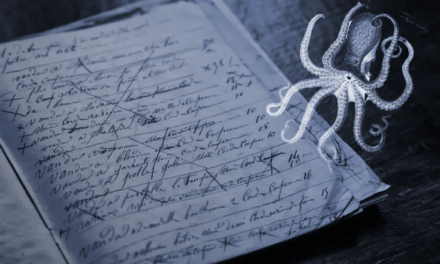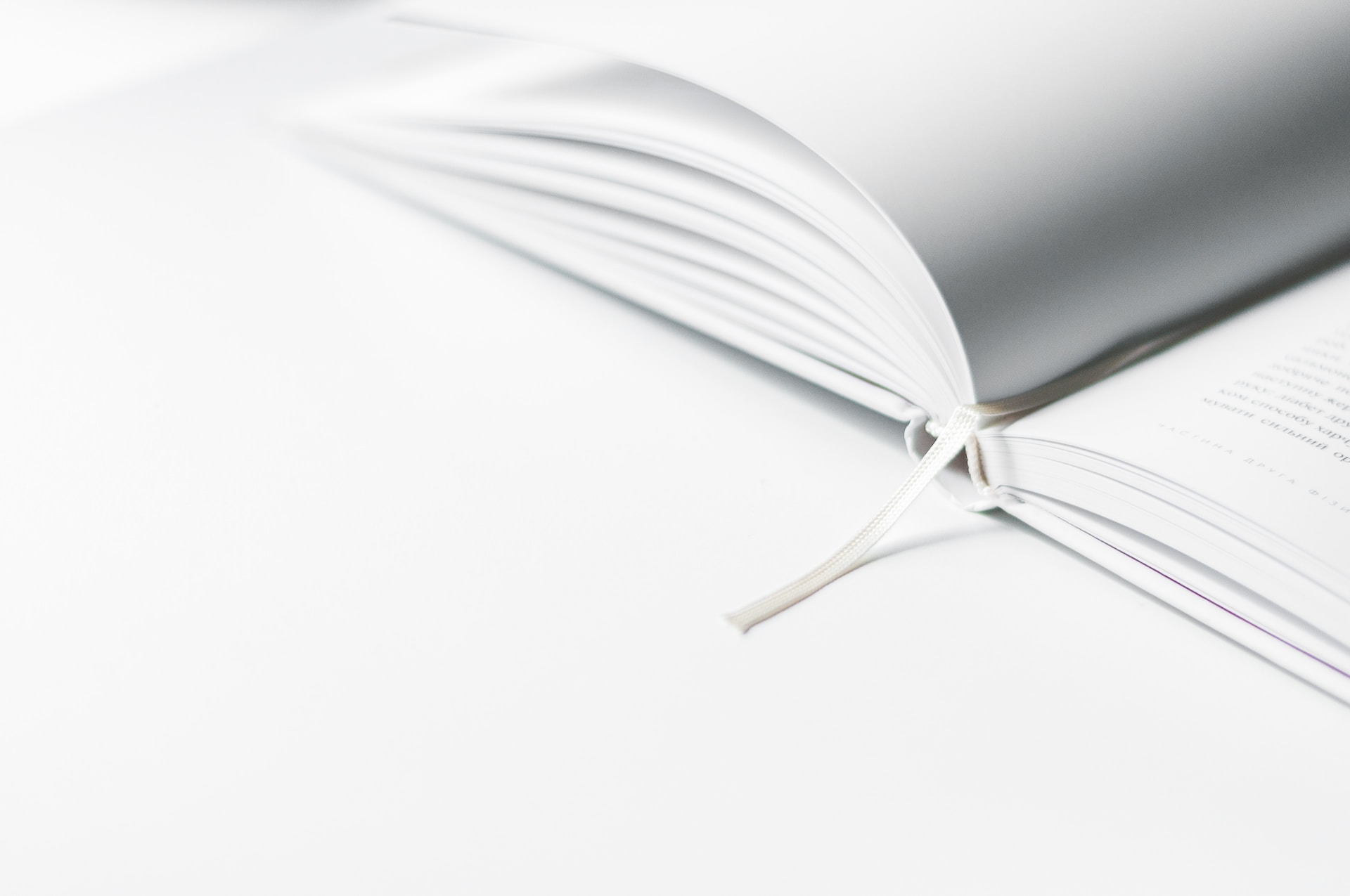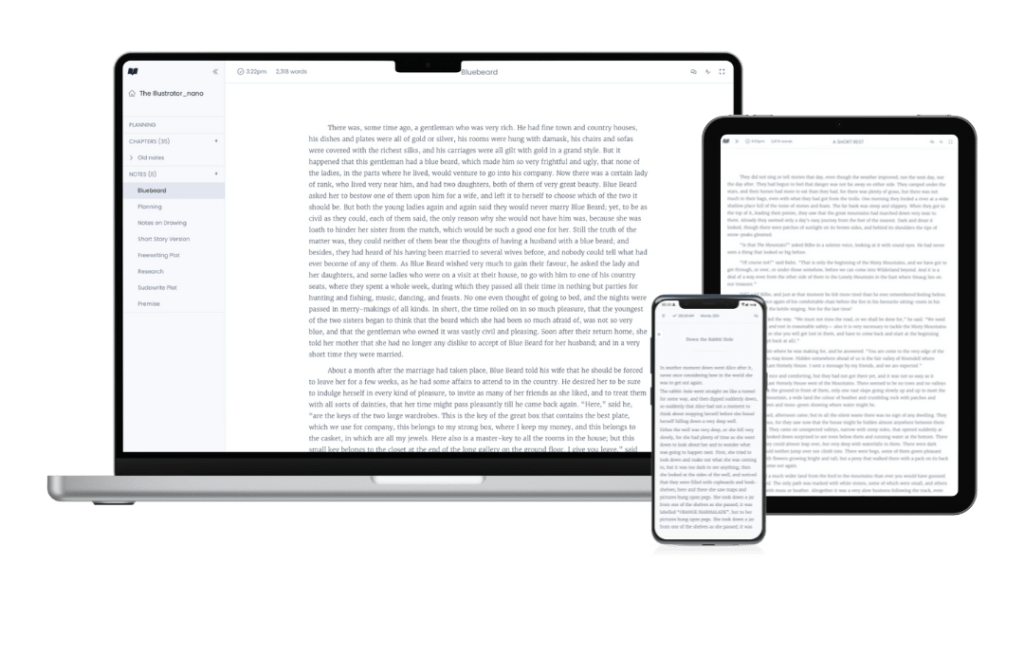
How To Story Edit Like A Pro

It’s an amazing accomplishment to write a novel. Many people start one, but you’ve actually finished one and have a shiny new first draft! As an author, editor, and CEO of Fictionary, I know how exciting this stage is. But I also know that a finished draft is only one part of the journey. So, what’s next?
It’s time for a Story Edit.
A story edit is the first step in the self-editing process after you’ve finished your first draft. Story editing is also known as structural editing or development editing, and it is the most important step to ensure you have a story that readers will connect with. Copy editing and proofreading come after your story edit.
In a story edit, you will evaluate your story from a high-level perspective and rewrite any weak areas. You want to make sure that the story structure makes sense, and that you get the most out of your characters, plot, and settings.
If you begin a story edit with the top three questions I give you below for character, plot, and settings, you’ll find your creative juices start flowing, and you’ll be amazed at how this will help you improve your story.
Evaluating Characters
We’re going to look at characters first.
The cast of characters is the list of characters in your story. These characters act and react. They create emotion. They show motivation. Without any of this, you don’t have a story. That’s a tall order for your characters. So how do you make sure you’re getting the most out of them?
Who appears in each scene?
Having a list of your characters per scene gives a specific method for evaluating how you’re using the characters and shows you when you need to revise a scene.
It’s time to revise a scene if:
- There are too many characters in a scene. Is every character required to achieve the purpose of the scene?
- An introduced character lacks detail or has too much detail.
- There are names that are too similar and might confuse the reader.
What are their goals?
A character goal is what a character wants. She should want it so badly that your readers feel her need in their guts. And failing to achieve the goal will be devastating.
What gets in the way of their goals?
Characters will drive the tension in your story, and tension is what keeps a reader reading. Putting obstacles in the way of achieving the goal will raise the tension.

Evaluating Plot
Plot is what happens in the story. It’s what your story is about. Here are three questions to help you evaluate each scene and how they relate to the plot.
What is the purpose of each scene?
There must always be a reason any given scene exists in your story. That’s what we mean by its purpose. A scene without a purpose will distract the reader from the main story. It may even bore the reader.
Is there an entry hook opening each scene?
Whatever you read at the beginning of the scene that keeps you reading is the scene entry hook. Every scene must have one by the end of the first three paragraphs or so.
Is there an exit hook at the end of each scene?
Whatever you read at the end of the scene that keeps you turning the page to the next scene is the exit hook. Every scene must have an exit hook. This includes a secret revealed, a cliffhanger, a clue, or a story twist.
Evaluating Settings
Finally, while you perform a story edit, examine your settings. Settings are key to keeping your reader engaged, so don’t ignore them.
Is the location you chose the best place for emotional impact?
Each scene must take place somewhere, and each location has the potential to ramp up emotion. Often a writer doesn’t think hard enough about where a scene takes place and doesn’t end up using locations effectively. Does the location elicit emotion in the reader or the characters? If not, choose a different location.
Are there objects relevant to the plot or characterization in each scene?
Watch a film without props or a backdrop, and you’d probably get confused or bored. You’d just be watching actors on an empty stage, which would make it hard to believe the reality they’re trying to portray.
Readers are much more engaged in a story if they can imagine the setting that stirs their emotions.
Are some of the 5 senses used in every scene?
Sensory details keep the “stage” and characters interesting. Without them, both the setting and the characters will seem flat. Using the POV character’s senses to describe the action will bring your reader closer to the character. So ensure the senses used show characterization or move the plot forward.






























